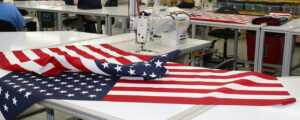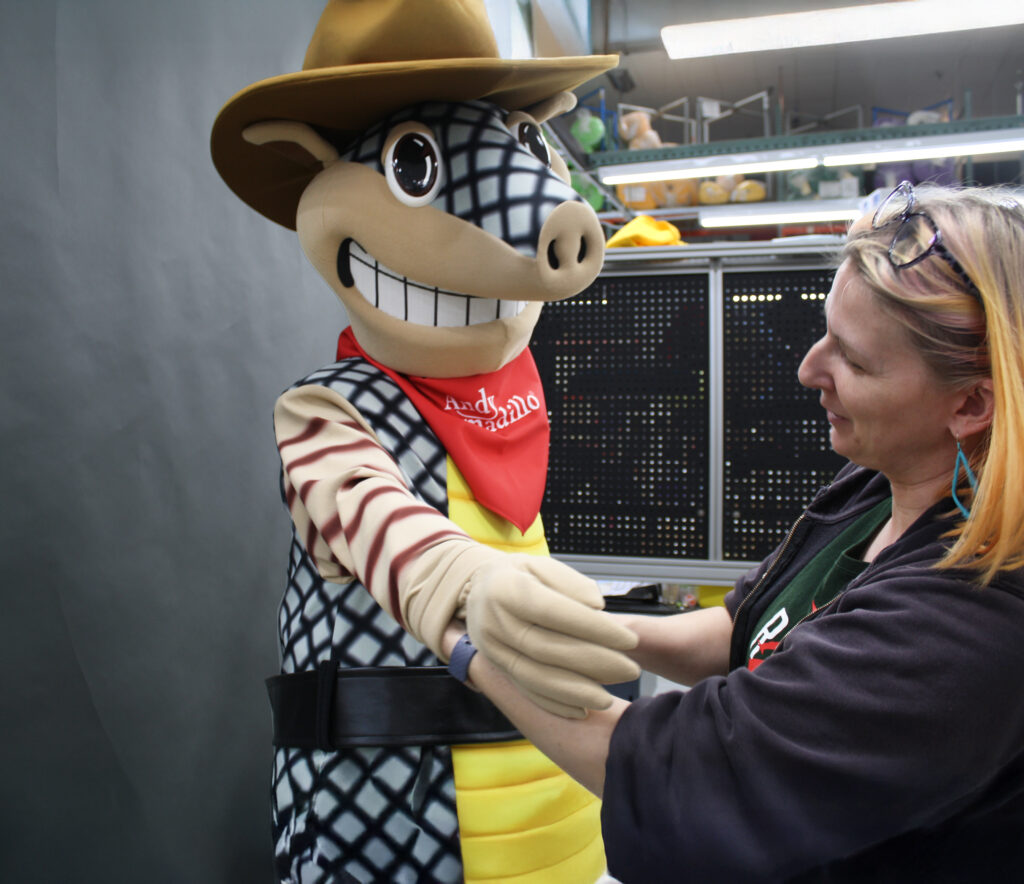1. Always be in character
As a mascot, you are onstage from the moment you put on the costume to the moment you take it off. It is important to stay in character that whole time you have the costume on. Even though you may not notice, someone is always paying attention to what the mascot is doing.
Make sure you portray the personality your mascot is supposed to have while in costume. Whether that be certain gestures and emotions or a certain level of energy, keep the character’s persona consistent while performing.
Mascot Tip: To maintain a consistent persona, create a mascot handbook that describes actions, emotions, and personality traits that your mascot character is supposed to have.
2. Maintain Constant Motion
In addition to always being in character you also need to maintain constant motion as a mascot performer. When in costume, YOU are the entertainment. People will be watching you and expecting you to perform, so it helps to keep moving at all times.
No matter what type of emotion you are trying to convey, the mascot costume will have the same facial expression. Because of this, it can be more challenging to accurately portray a certain emotion or expression. It is important to exaggerate all movements so that the meaning doesn’t get lost on the outside of the costume.
Mascot Tip: Take some time to practice in and out of the costume to master exaggerated motions, body language, showing emotions, and simply walking.
3. Read the crowd & situation
Every event that you attend as a mascot is going to be different. Some events are meant to be more professional, and some are more fun and kid friendly. Depending on the crowd and style of event, you will need to modify your performance to fit the circumstances. Everyone responds differently to a mascot, so if someone doesn’t want to interact with you, move on to someone who does.
It is helpful to know what kind of audience will be attending the event before you start performing, that way you can tailor your behavior and expressions to the event and expected audience.
4. Take frequent breaks
It is important that you take frequent breaks throughout your performance. Being a mascot performer is tiring, but no one wants to see a tired mascot. To prevent wearing yourself out, take breaks often during your event—this will give you a chance to catch your breath, drink some water, and reboot before going back out there.
If you are a super active mascot, or if you are performing in hot weather, make sure to take even more breaks, as these conditions will tire you out faster.
5. Have fun
Be focused on your performance and take it seriously but make it your own and have some fun. The audience will be able to tell if you are enjoying yourself or not, and the audience will have a lot more fun if you are too.







